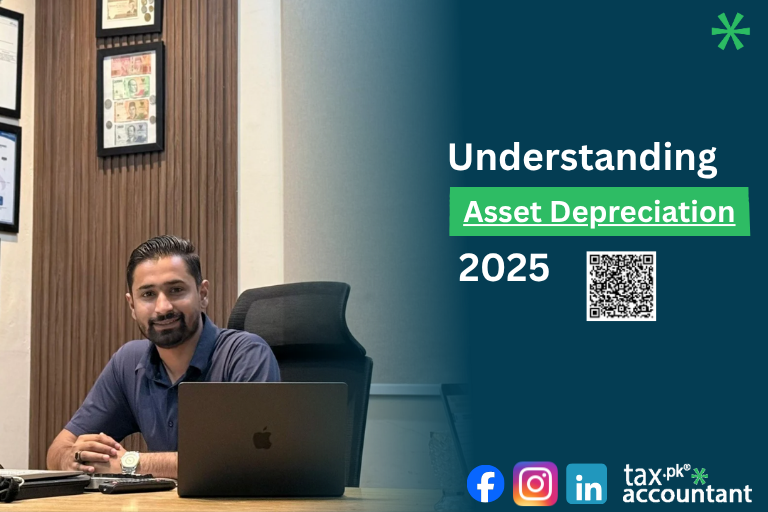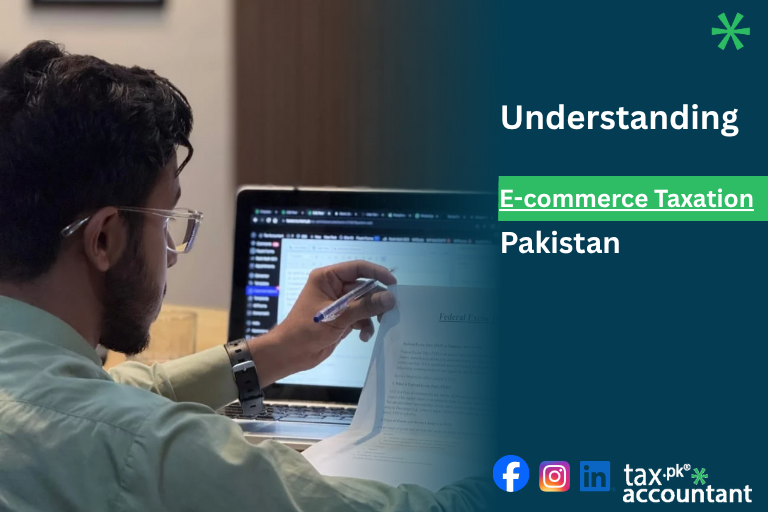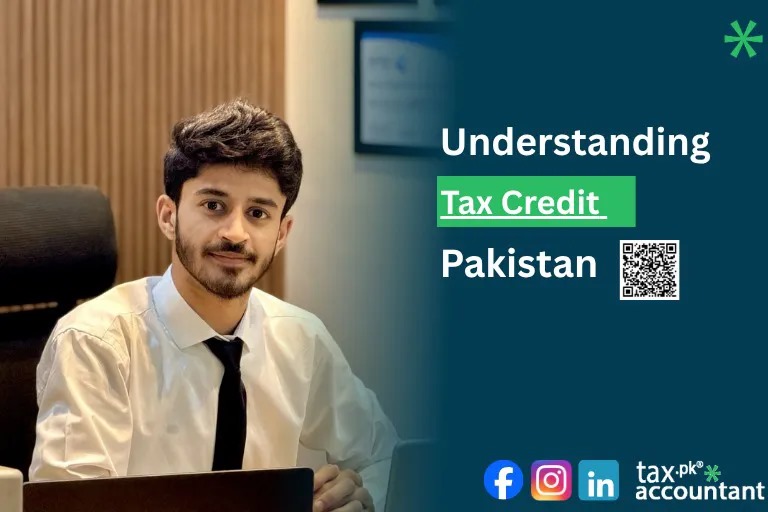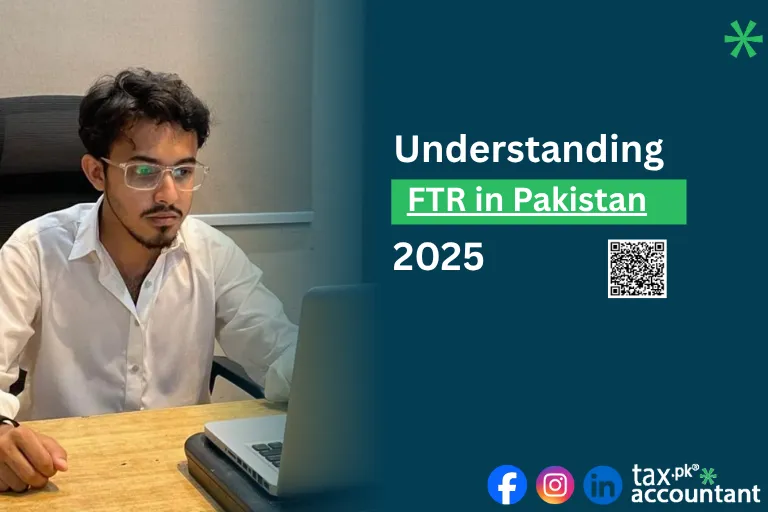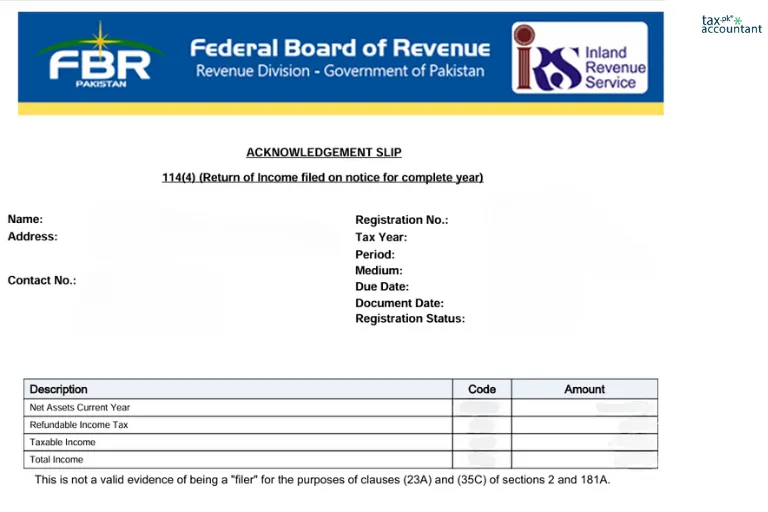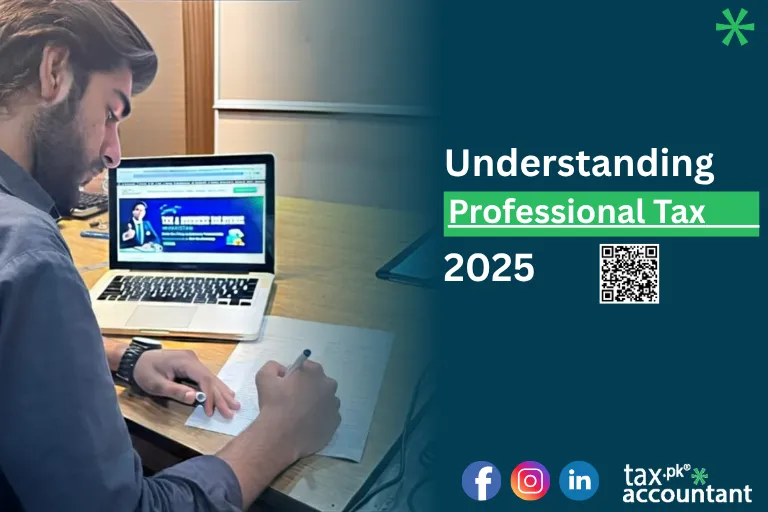The Power of Depreciation: How to Strategically Use Asset Depreciation to Lower Your Taxable Income
As a business owner, you constantly invest in assets—machinery, vehicles, office equipment, and buildings—that help you earn revenue. While these assets are working hard for you, they are also losing value over time due to wear and tear, obsolescence, and age. This loss in value is called depreciation, and it’s one of the most powerful, yet often misunderstood, tools available to strategically lower your taxable income.
In simple terms, depreciation allows you to deduct the cost of a long-term asset over its estimated useful life, rather than deducting the entire cost in the year you buy it. This turns your capital expenditure into a series of annual operating expenses, providing a consistent tax benefit year after year.
What Exactly Is Depreciation and Why Does It Matter?
Depreciation is an accounting method used to allocate the cost of a tangible asset over its useful life.
Imagine you purchase a heavy-duty machine for your factory for Rs. 5,000,000. It’s expected to last ten years. Without depreciation, you could only claim the expense once, in the year of purchase. With depreciation, you can, for example, claim a portion of that Rs. 5,000,000 every year for the next ten years.
The financial impact is crucial:
- It Lowers Taxable Income: Depreciation is recorded as an expense on your income statement. Like any other expense (salaries, rent, utilities), it reduces your Net Profit, which directly leads to a lower Taxable Income.
- It Improves Cash Flow: By legally reducing the tax you owe, your business retains more cash, which can then be reinvested or used for operations.
- It Provides an Accurate Picture: It adheres to the matching principle in accounting, ensuring that the expense of an asset is matched to the revenue it helps generate over its useful life.
The Rules of the Game: Assets Eligible for Depreciation
To be eligible for depreciation under the tax laws (such as Pakistan’s Income Tax Ordinance, 2001,https://www.fbr.gov.pk/categ/income-tax-ordinance/326 and its Schedules), an asset must meet specific criteria:
- Tangible: It must be physical property (e.g., machinery, building, furniture).
- Long-Term Use: It must have a useful life of more than one year.
- For Business Use: It must be used for the purpose of earning income.
- Suffers Wear and Tear: It must be an asset whose value naturally declines over time. Land, for instance, does not depreciate.
Assets are grouped into categories, and each category has a statutory prescribed rate of depreciation (e.g., machinery, furniture, and vehicles often have different rates).
Strategic Methods of Depreciation: Choose Your Benefit
While accountants primarily focus on the Straight-Line Method for financial reporting, tax authorities often allow or mandate other methods, allowing you to choose a strategy that best suits your cash flow needs.
1. The Straight-Line Method (SLM)
This is the simplest and most common method. The cost of the asset (minus any salvage value) is deducted equally over its useful life.
- Formula: (Cost of Asset−Salvage Value)/Useful Life
- Strategy: Provides a consistent, predictable tax shield every year. Best for businesses that need stable profit reporting or expect consistent income throughout the asset’s life.
2. The Written Down Value (WDV) or Declining Balance Method
Under this method, a fixed percentage is applied to the remaining book value of the asset each year. This results in the highest depreciation expense in the early years of the asset’s life.
- Strategy: This is a powerful strategic tool for accelerated tax savings. If you anticipate higher profits in the initial years of your business or if the asset truly loses most of its economic value quickly (like rapidly evolving technology), WDV provides maximum upfront tax relief. This method improves early-stage cash flow when the business might need it most.
Many tax jurisdictions, including Pakistan, offer an Initial Depreciation Allowance (IDA) for new plant and machinery. This is a massive one-time tax break provided in the very first year the asset is used.
- Example (Illustrative): If the IDA rate is 25%, and you buy machinery worth Rs. 10,000,000, you can claim an immediate Rs. 2,500,000 as an expense in year one, in addition to the normal depreciation for that year.
- Strategy: The IDA is a huge incentive for new industrial investment and expansion. By maximizing this initial deduction, you drastically reduce your first-year taxable income, effectively encouraging capital expenditure.
Strategic Planning: Using Depreciation to Manage Taxes
The choice of depreciation method should be a strategic financial decision, not just an accounting compliance task.
- When to Use Accelerated Depreciation (WDV/IDA):
- High-Growth Years: If your business is experiencing rapid profit growth, claiming a large depreciation expense can offset the higher tax liability, keeping your effective tax rate lower.
- New Investment: Always maximize the Initial Depreciation Allowance when acquiring new industrial assets, as this is a one-time opportunity for substantial tax reduction.
- Technological Assets: For items like computers, servers, or certain software which become obsolete quickly, accelerated depreciation reflects the true economic lifespan.
- When to Use Straight-Line Depreciation (SLM):
- Stable Reporting: If your business requires stable profit figures (e.g., for attracting lenders or shareholders), SLM provides a smoother, less volatile income statement.
- Anticipated Lower Profits: If you expect lower income in the initial years, you might prefer the SLM method to save a larger portion of the depreciation for future years when your profits (and thus tax liability) might be higher.
Depreciation is not merely a technical accounting entry; it is a non-cash expense that shields your revenue from taxation. It puts you in control of when and how you spread the cost of your investments, allowing you to optimize your tax planning for years to come. By working closely with your tax advisor to choose the right method and fully utilize all available allowances, you can strategically turn your assets into a reliable tax-saving engine.
For taxation services.approach us at https://taxaccountant.pk/

